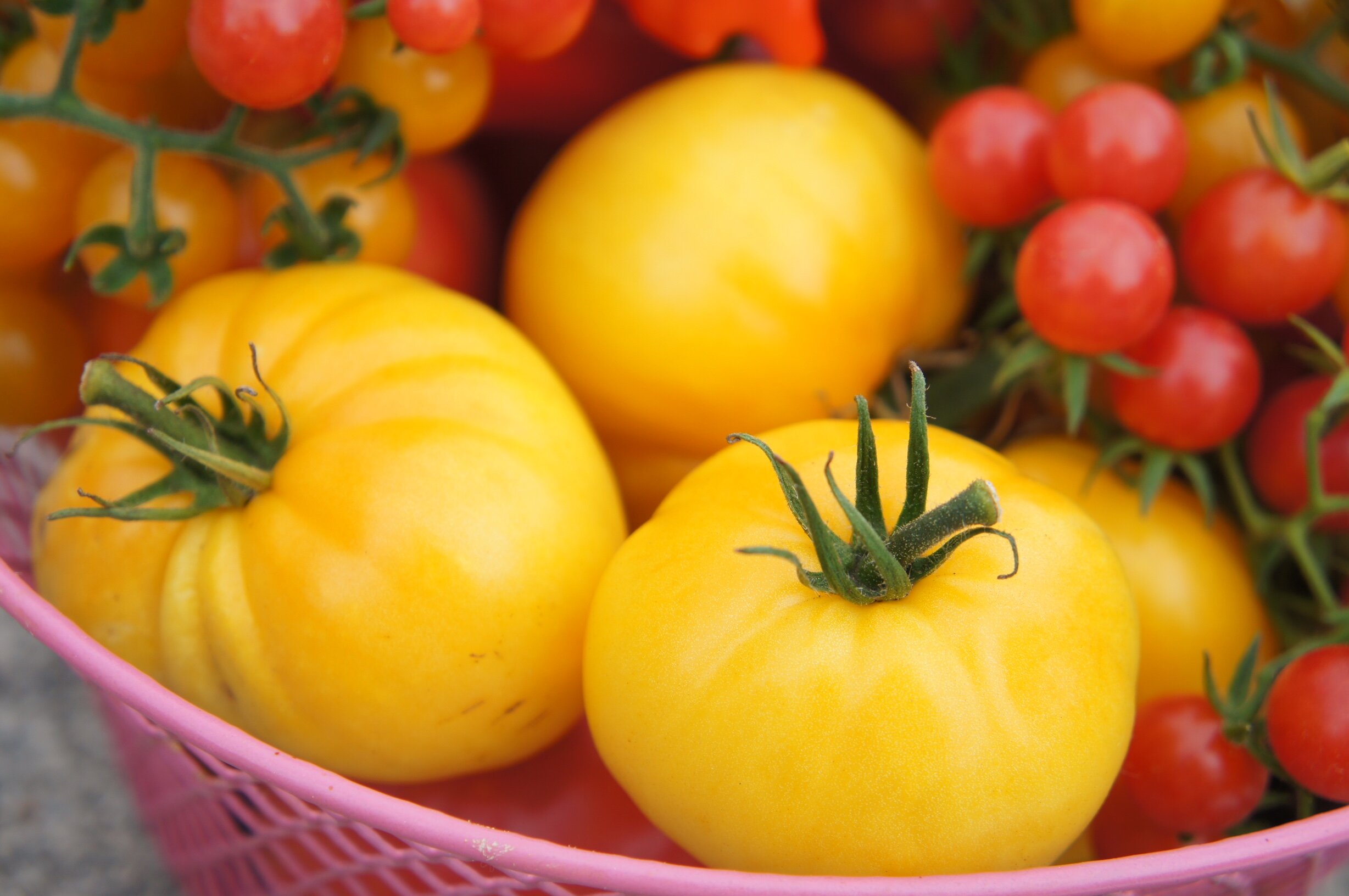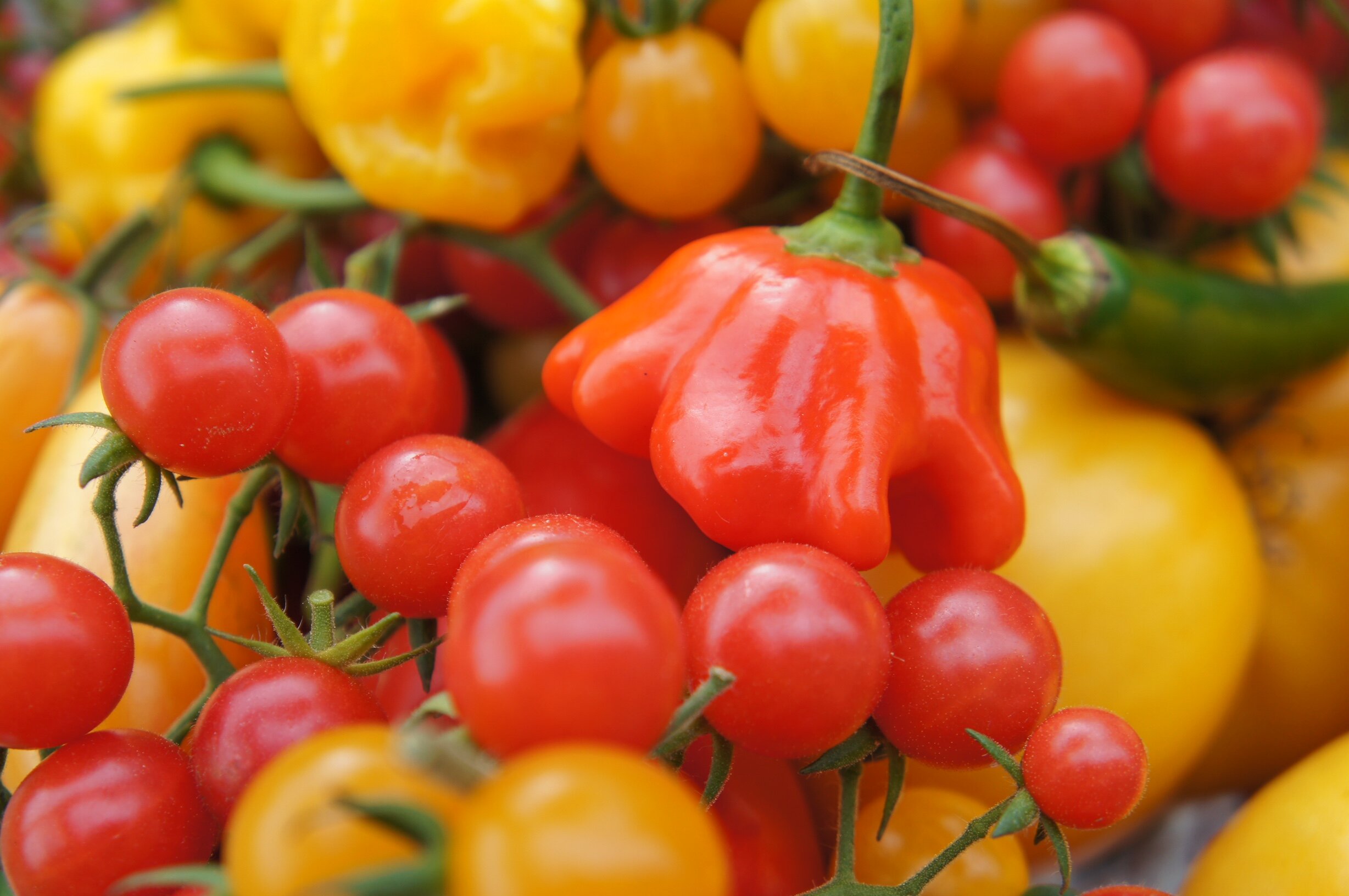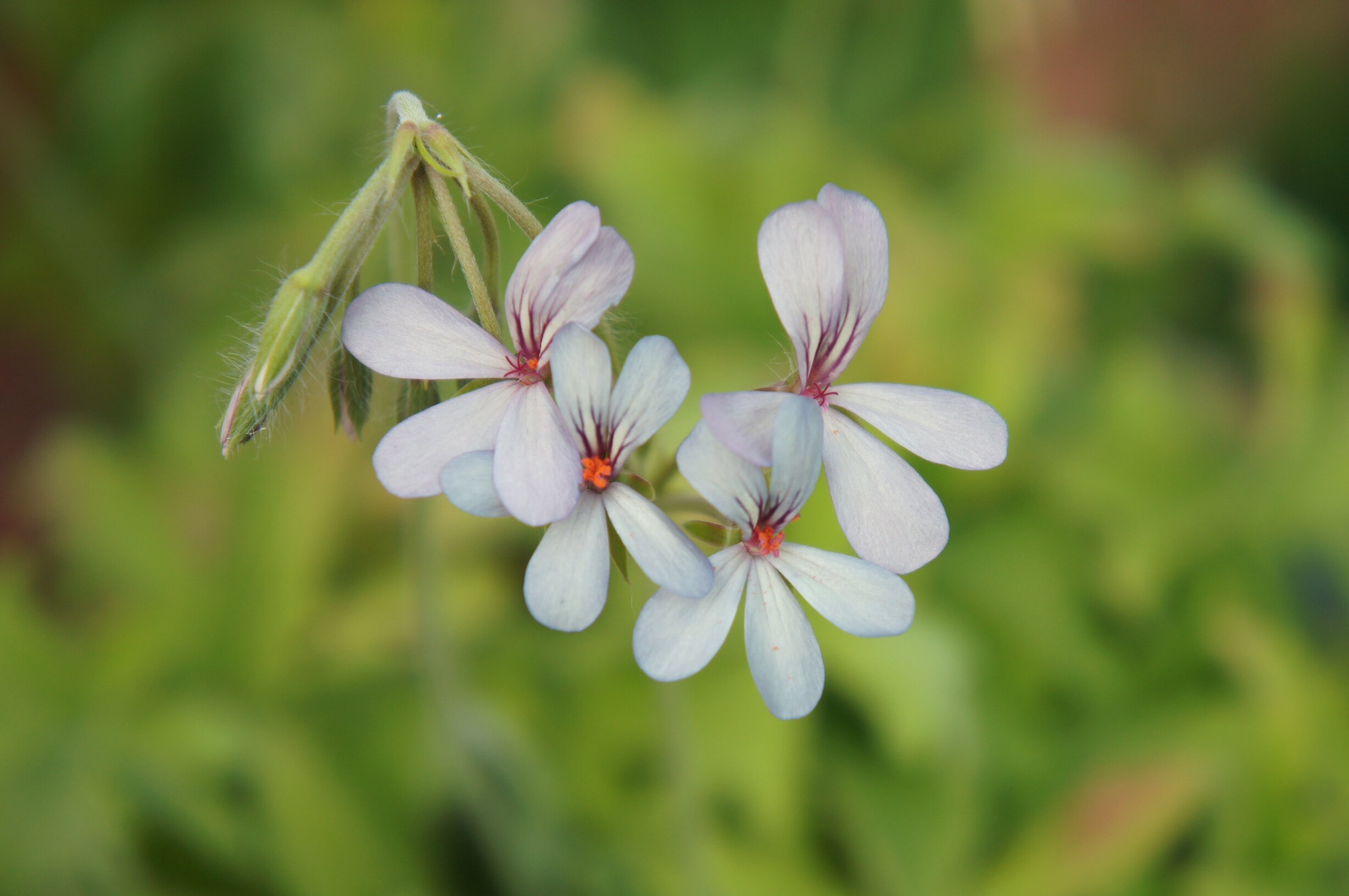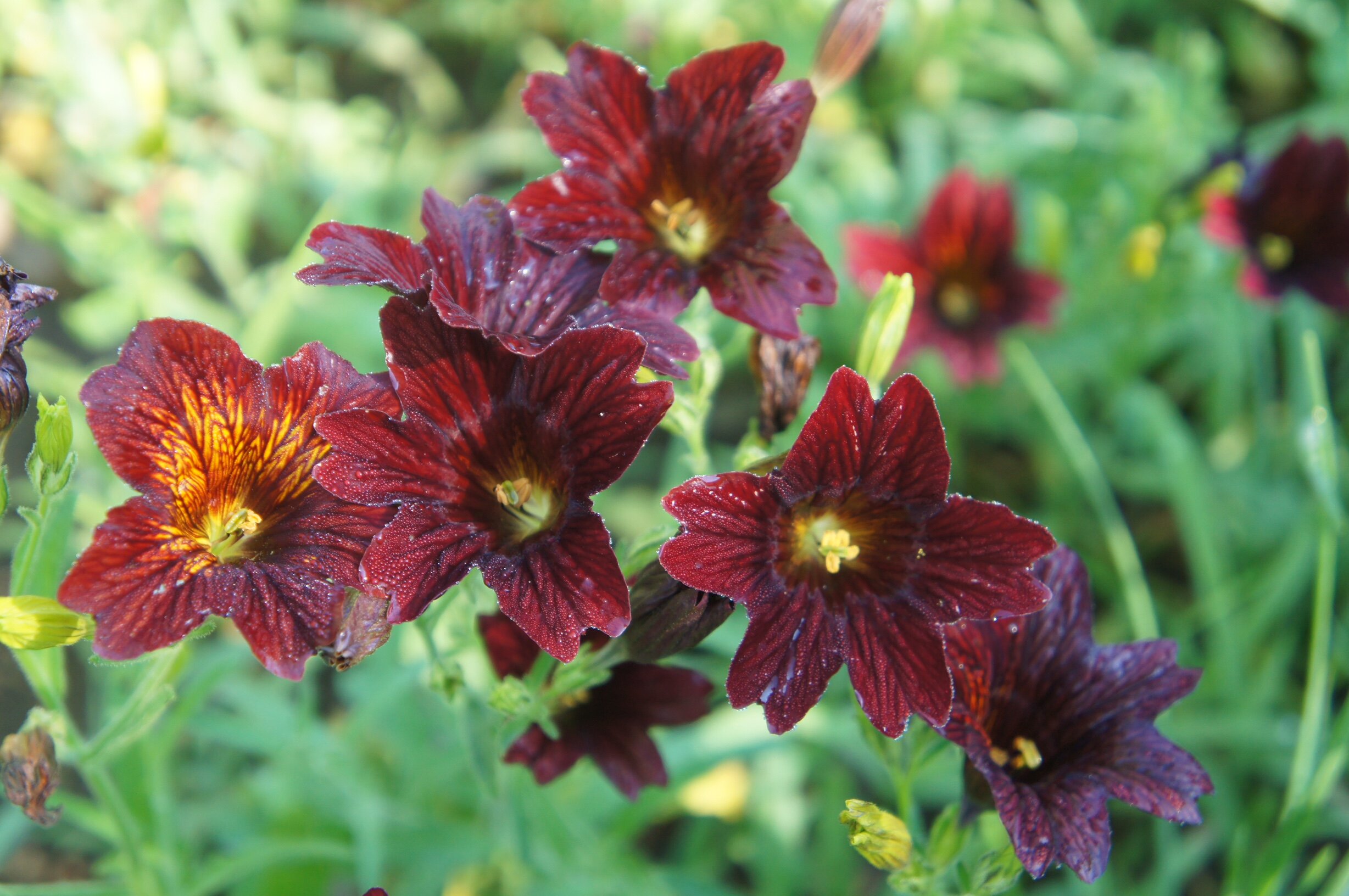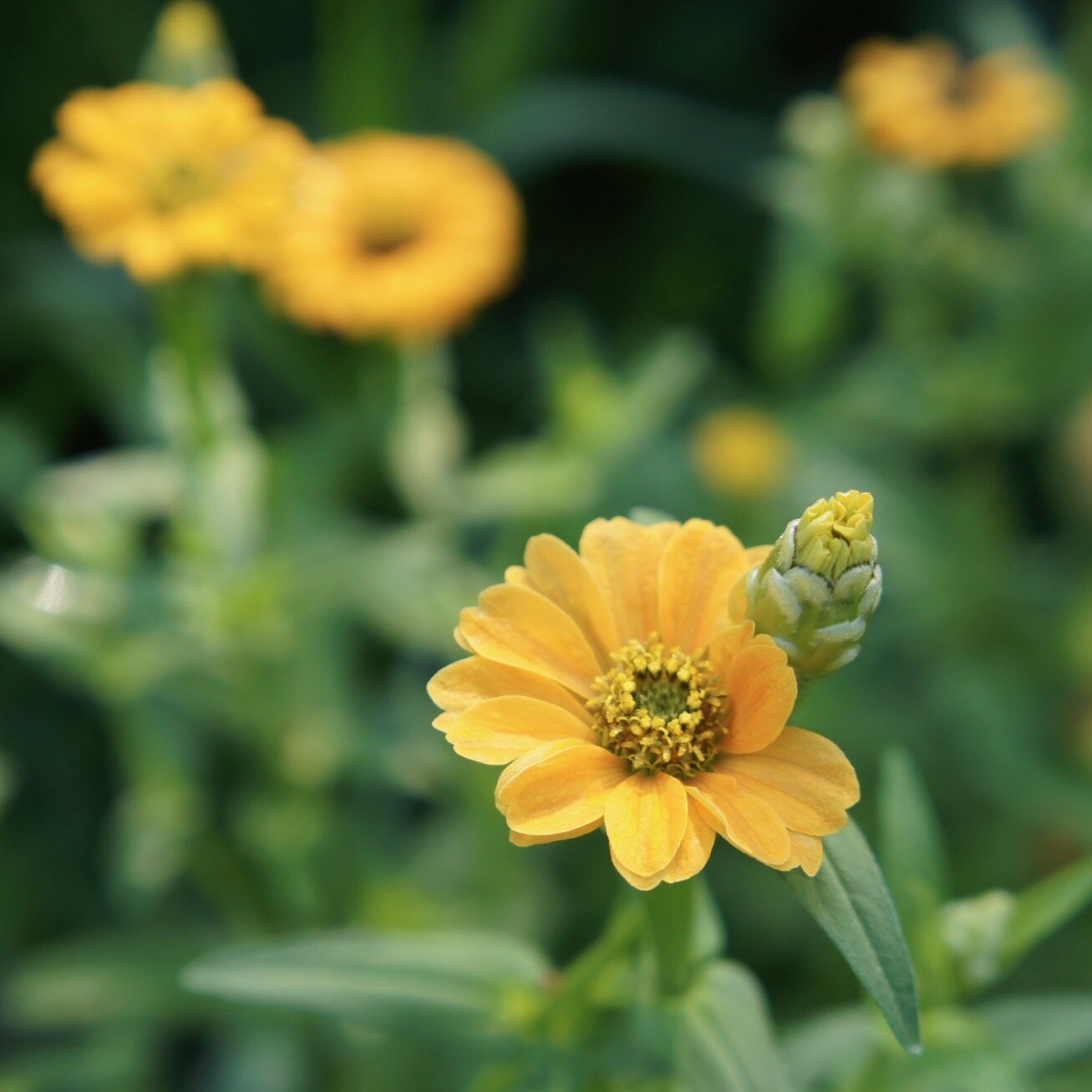It’s Halloween, and last night saw the first hard freeze of the season. Most of our gardens had been put to bed, but we were still holding out hope for a new crop of Huacatay and more Wedding Bells Morning Glory seeds. No such luck. C’est la vie.
For the first time since we began growing in New York, we were mostly successful in keeping deer out of the garden. Mostly. The bigger problem this year were small creatures that can dig under and clamber over our fences. Our rows of Cicoria Rossa Italiana and Old Growth Palm Kale were a total loss. Late tomatoes were mysteriously missing or thoroughly nibbled. Our Asparagus Bean plants were slowly defoliated. But in general it was a good year. A merciful blessing in an otherwise tumultuous time.
One personal victory was an honest effort to actually photograph the fruits of our labor. For as much as I love to garden, I am loathe to take the time to document it. I’m forever envious of the Instagram growers and their dutiful picture-posting habits. It just isn’t me. But I try!
Our spring was either short or absent, depending on whom you ask. It snowed into May and then turned hot and dry. The heat and drought continued through July, which was a boon to the tomatoes, which were as flavorful as any I have ever grown. We trialed far more than we should have, but this was the year to do it.
Tropical plants likewise did very well this year. We had more Snake Gourds than ever before. And earlier than ever, too. One of the more remarkable vegetables that we grew this year was Chinese Okra, Luffa acutangula, whose glowing yellow flowers not only illuminated the evening hours, but filled the air with a sweet perfume. And the young fruits were so sweet! What a marvel. We hope to have seeds available soon.
As usual, our gardens are a mix of flowers and vegetables. There is no other way to garden as far as we’re concerned. Flowers are the best defense against insect pests and improve the productivity of vegetable plants that require pollination. Even when garden space is precious, flowers should be seen as necessary.
Flowering plants that feature edible foliage are among our favorites, and our gardens this year were filled with them. Jewels of Opar, Nasturtiums, Calendula, Lemon Dragonhead and Borage go a long way toward nourishing both gardeners and pollinators.
One species that I grew in 2020 and will never plant again is Cucumis metuliferus, or Kiwano. The vines grew like gangbusters, overtaking the trellis, fence, and several neighboring plants. They produced not a single fruit. Not one! And the plants are covered with sharp skin-piercing trichomes. The roots spread several feet underground in every direction. So unpleasant in every possible way. I can’t imagine why anyone would grow this on purpose.
We grew several unusual Solanaceae family members this year, including Capsicum chacoense (above), Solanum galapagense, Solanum caripense, Solanum sisymbriifolium, and a Colombian selection of S. physalifolium. Seeds for the latter four of these are available on our website.
There is so much ephemeral beauty in the garden that does not get photographed. And I think it is better that way. These transient moments are best experienced first hand. We know, as gardeners, the magic of our precious transformed habitats. And it is a comfort. And there has been no year in which I have needed that comfort more than I have in 2020.


